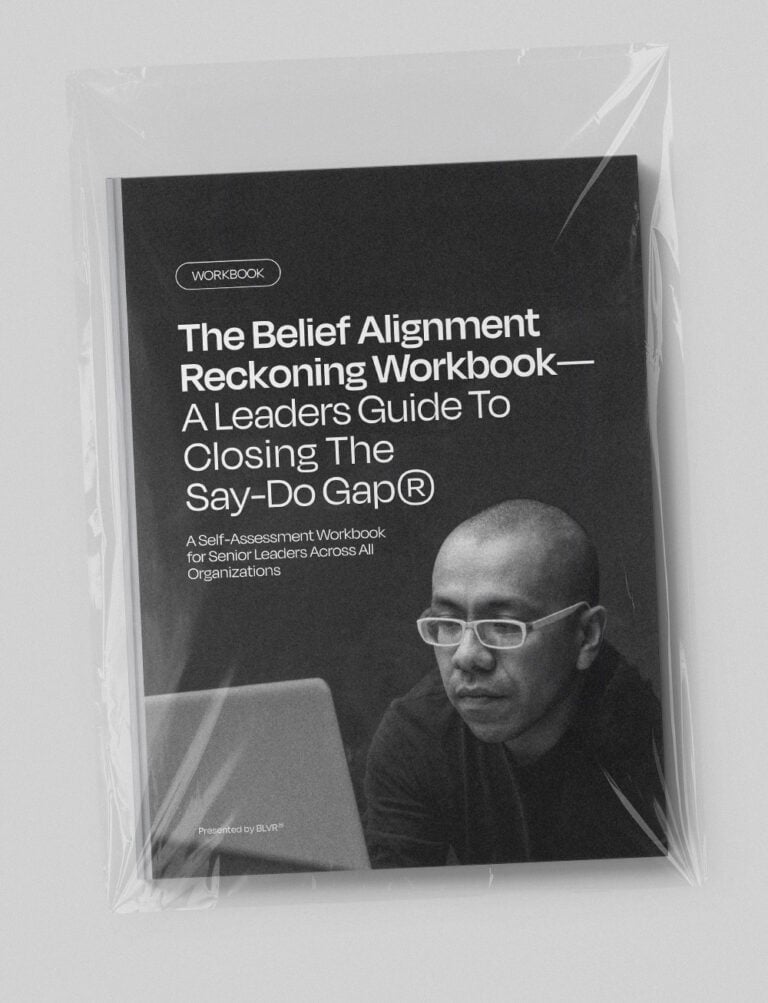
Elevating Relationships: The Benefits of Transparent Brand Communications
Published On 06.02.2023
Transparency is becoming increasingly important for brands to win the trust of consumers. In today’s world, consumers are no longer just looking for brands that make products or services. They want to support companies that have a deeper purpose. However, as consumers become more aware of the good (EG Patagonia!) and bad (EG Pepsi!) stances made by organizations, they become more skeptical of brands that make grandiose claims.
In fact, according to a recent survey by Label Insight, 94% of consumers are more likely to be loyal to a brand that offers complete transparency. And 86% of consumers say that transparency is a key factor in their decision to buy from a brand.
WHAT IS BRAND TRANSPARENCY?
So, what is brand transparency? It refers to a company openly and honestly sharing information about its products, services, operations, and policies with its customers and stakeholders. It means that they are willing to be open and honest about their practices, including their environmental impact, labor practices, and sourcing of materials.
At its core, there are three things that drive Brand Transparency:
- A Clear Belief – Transparency means being forthcoming about a company’s belief and all it encompasses. From its purpose to its values, practices, and impact.
- Proven Product Impact – Transparency is established by a brand showcasing repeated proof to its customers about the impact of the product.
- Openness About Corporate Practise – Transparency means being open and willing to share information and data. This could include how a company operates and affects people and the planet. And it means being accountable for one’s actions and willing to admit mistakes and shortcomings.
Take Patagonia, for example. The billion-dollar outdoor clothing and gear brand has become a leader in transparency and ethical business practices. The company has a clear belief at the center of their organization. They serve its biggest shareholder: Mother Earth. As an organization, they are committed to positively impacting the environment and are open about how the company operates and its actions. They’ve implemented and reported on a number of sustainable practices, like The Footprint Chronicles – a project that tells customers how it sources raw materials, where the cotton is grown, and how products are stocked at its warehouse.
This commitment to transparency and ethical practices has resonated with consumers. In fact, according to a recent survey by Cone Communications, 79% of consumers say that they are more loyal to brands that are transparent about their social and environmental impact. And Patagonia’s sales have grown as a result, with the company reporting a revenue increase of 4% in 2020 despite the challenges of the pandemic.
BRAND TRANSPARENCY BUILDS CUSTOMER TRUST
So why is brand transparency becoming such an important factor for consumers? It all comes down to trust. Today’s buyer has access to more information than ever before. And they are more informed about the issues that matter to them. As a result, they are demanding more from the brands they support. They want to know that the products they buy are ethically sourced, that the companies they support have a genuine sense of purpose, and that they positively impact society and the environment.
Take, for example, Salesforce, a leading provider of cloud-based software, has made transparency a key part of its business model. The company regularly reports on its social and environmental impact and has committed to using 100% renewable energy by 2022.
This commitment to transparency has helped Salesforce to build trust with its customers, many of whom are also committed to social and environmental responsibility. In fact, a survey by B Corporation found that 84% of Salesforce customers believe that the company is committed to positively impacting society and the environment.
THE CHALLENGE OF NOT BEING TRANSPARENT
Companies that fail to demonstrate transparency around their purpose can suffer serious consequences. From eroding brand equity, losing repeat purchases, and not being able to charge price premiums. One example is Volkswagen, which was caught in a major scandal in 2015 when it was discovered that the company had installed software in its diesel cars to cheat emissions tests. This clearly violated the company’s stated commitment to environmental sustainability, resulting in a significant loss of trust among consumers. A 2016 survey by YouGov found that 61% of Volkswagen owners in the U.S. said they would not consider buying another Volkswagen car.
HOW CAN BRANDS BE TRANSPARENT?
So, what can companies do to demonstrate transparency around their purpose and their impact?
- Begin with what you believe – One way is to provide clear and detailed information about the company’s belief. Belief is the north star that drives an organization, influencing every decision and action. This information should be easily accessible on the company’s website, social media, and other communication channels.
- Report progress – Another way is to report on the company’s impact and progress toward its goals. Annual reports, sustainability reports, or other types of impact reports provide honest data and real insights into the company’s operations and their impact on society and the environment accountable. They also give moments of storytelling for brands. Allowing them to share creatively and emotionally, the impact their work has on its team, customers, and the world at large.
- Invite feedback – Transparency is about inviting feedback, encouraging opportunities for dialogue, and continuous improvement. It demonstrates an organization’s willingness to listen and learn from their customers, and a commitment to making positive changes based on that feedback.
- Engage The Team – Another important step is to engage with stakeholders and communities to ensure that initiatives are aligned with their needs and priorities. This can include working with suppliers and partners to promote sustainable practices, as well as engaging with local communities to understand their concerns and priorities.
- Be Accountable – Transparency is not just about providing information; it’s also about being accountable for its actions. Brands should be willing to admit mistakes and shortcomings and take steps to address them. This can include apologizing, making amends, and implementing changes to prevent similar issues from happening in the future.
BEGIN WITH BRAND TRANSPARENCY
In a world where consumers are increasingly skeptical of marketing ploys, brands that can demonstrate transparency around their purpose and impact are more likely to win the trust and loyalty of consumers. By implementing rigorous sustainability standards, engaging with stakeholders, and being honest and transparent about shortcomings, companies can demonstrate their commitment to transparency and build a loyal customer base that shares their values and beliefs.
IS YOUR BRAND BUILT ON CONVICTION OR CONVENIENCE?
Most brands talk about purpose.
Few are willing to pay the price for it.
This 45-minute assessment will reveal the hidden contradictions costing you customer trust, team alignment, and market authenticity. Discover where your beliefs and actions diverge—and get the practical framework to close the gap that’s holding your brand back.

About the Author




